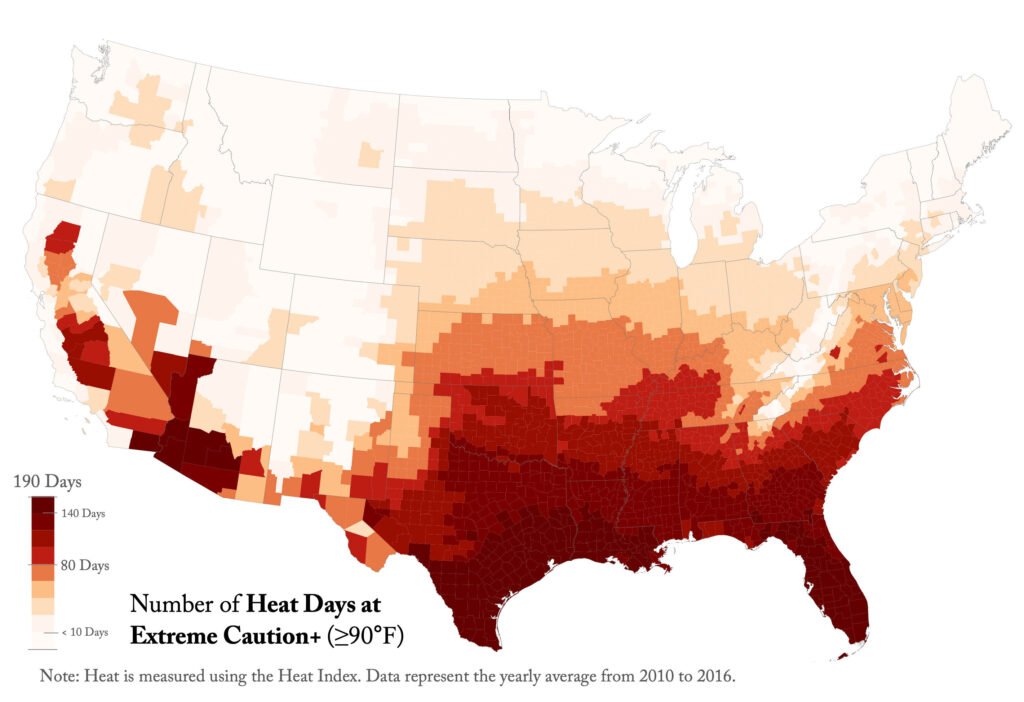A recent study conducted by the USC Leonard Davis School of Gerontology suggests that increased exposure to extreme heat may accelerate the process of biological aging in older adults. This raises concerns about the impact of climate change and heatwaves on long-term health and aging at a molecular level.
The research, published in the journal Science Advances, indicates that individuals residing in neighborhoods with more high heat days tend to exhibit greater biological aging compared to those in cooler regions. Biological age refers to how well the body functions at molecular, cellular, and system levels, as opposed to chronological age based on one’s birth date. Having a biological age higher than one’s chronological age is associated with a higher risk of disease and mortality.
The study, led by senior author Jennifer Ailshire and co-author Eunyoung Choi, analyzed over 3,600 participants aged 56 and older from various regions across the U.S. Blood samples were collected at different time points over a six-year period and analyzed for epigenetic changes, specifically DNA methylation.
Epigenetic clocks were used to estimate biological ages based on methylation patterns, which were then compared to the participants’ locations’ heat index history and the number of heat days reported by the National Weather Service from 2010 to 2016. The analysis revealed a significant correlation between neighborhoods with more days of extreme heat and individuals experiencing greater increases in biological age, even after adjusting for socioeconomic, demographic, and lifestyle factors.
The study highlighted the importance of considering relative humidity in addition to air temperature, particularly for older adults who may be more vulnerable to the effects of high heat. The researchers emphasized the need for heat mitigation strategies and age-friendly infrastructure planning to address the potential impact of heat-related biological aging on clinical outcomes.
Moving forward, the researchers aim to identify additional factors that may contribute to vulnerability to heat-related biological aging and its connection to clinical outcomes. The study results may also inform policymakers, architects, and urban planners on implementing strategies to mitigate the effects of heat on aging populations.
In conclusion, the study underscores the importance of understanding the impact of extreme heat on biological aging in older adults and the need for proactive measures to address this issue in the face of climate change. By incorporating heat mitigation strategies and age-friendly features into urban planning, communities can better support the health and well-being of aging populations in a warming world.


